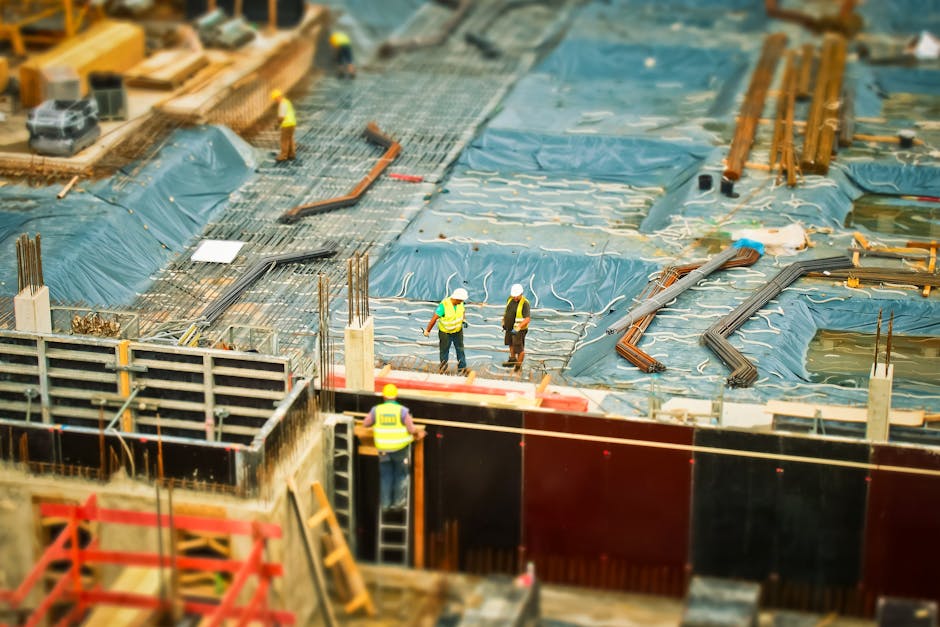Did you know that Paikoin Observation has been used for centuries as a powerful tool for gaining insights into the world around us? From understanding human behavior to unraveling the mysteries of nature, observation has played a crucial role in expanding our knowledge and awareness. So, let’s dive into the fascinating world of Paikoin Observation and explore its significance from historical origins to future possibilities.
The Historical Background of Paikoin Observation
The Ancient Origins
Paikoin Observation can be traced back to ancient civilizations such as Egypt, Mesopotamia, and China. These civilizations recognized the importance of observation and used it extensively in fields like astrology, agriculture, and medicine. Priests observed the stars to predict celestial events, farmers observed natural cycles to determine planting seasons, and physicians observed patients to diagnose illnesses.
The Renaissance Revolution
During the Renaissance in Europe, observation took center stage as a crucial element of scientific inquiry. Visionaries like Leonardo da Vinci and Galileo Galilei emphasized the importance of empirical observation in understanding natural phenomena. This marked a pivotal moment in the development of observation as a scientific method, giving birth to modern observational techniques.
The Current Trends and Statistics of Paikoin Observation
The Rise of Data-Driven Observations
In the digital age, observation has entered a new era with the abundance of data. Organizations, researchers, and individuals are harnessing the power of data-driven observations to gain deeper insights. Through advanced technological tools and analysis, patterns and trends are extracted from vast amounts of data. This allows for a more nuanced understanding of complex systems and phenomena across various domains.
The Role of Artificial Intelligence
With the advancements in artificial intelligence (AI), observation is being further revolutionized. AI-powered systems can process massive amounts of data, detect subtle patterns, and make accurate predictions. This has immense potential in fields like healthcare, finance, and climate science, where observations are crucial for decision-making and problem-solving.
Practical Tips for Efficient Paikoin Observation
Active vs. Passive Observation
When engaging in Paikoin Observation, it is crucial to adopt an active approach rather than a passive one. Actively observe your surroundings, paying attention to details, patterns, and changes. Ask questions, explore different angles, and challenge assumptions. This active mindset allows for a deeper level of understanding and helps uncover hidden insights.
Keep a Record
To make the most of your observations, it is essential to maintain a record. Whether it’s a journal, a digital diary, or a research log, documenting your observations provides a reference point for analysis and reflection. Additionally, a record allows for easy comparison over time, unveiling trends and patterns that might have otherwise gone unnoticed.
The Future of Paikoin Observation
Integration with Virtual Reality
The future of Paikoin Observation holds exciting possibilities with the integration of virtual reality (VR). VR technology can create immersive environments that simulate real-world scenarios. By combining observation with VR, researchers, educators, and professionals can enhance their understanding and skills in various domains. From medical training simulations to psychological experiments, the power of observation in virtual environments is boundless.
Enhanced Sensor Technologies
As technology continues to progress, the development of more sophisticated sensors will revolutionize Paikoin Observation. Miniaturized sensors, wearable devices, and internet of things (IoT) technology are paving the way for real-time, continuous observation. From monitoring environmental factors to tracking personal health metrics, these enhanced sensor technologies enable us to collect and analyze data in ways we never could before.
In conclusion, the world of Paikoin Observation is rich with historical significance, current trends, practical tips, and exciting future possibilities. By embracing observation as a powerful tool, we can enhance our understanding of the world and make informed decisions that shape the future. So, next time you find yourself observing the world around you, remember the profound impact it can have on your knowledge and awareness.
Final Thoughts on Paikoin Observation
Paikoin Observation is a powerful tool for scientists and researchers to analyze the spatial patterns of events accurately. By integrating real-time location data and time-based analysis, researchers can gain valuable insights into a wide range of fields, from ecology to epidemiology. Its ability to handle large datasets and its user-friendly interface make it a valuable asset in any scientific endeavor. With Paikoin Observation, the future of spatial analysis looks promising.
Further Reading and Resources
1. Paikoin Documentation
The official documentation of Paikoin Observation provides detailed guides and tutorials on how to use the software effectively.
2. Paikoin Blog
The Paikoin blog offers insights into the latest updates, case studies, and best practices for utilizing Paikoin Observation.
3. Introduction to Spatial Analysis with Paikoin Observation
This video tutorial provides a comprehensive introduction to spatial analysis using Paikoin Observation, covering key concepts and practical examples.
4. The Use of Paikoin Observation for Spatial Analysis in Ecology
This research paper demonstrates the application of Paikoin Observation in the field of ecology and highlights its potential for studying species distribution and habitat suitability.
5. Exploring the Spatial Relationship between COVID-19 Cases and Air Quality Using Paikoin Observation
This study showcases the use of Paikoin Observation to analyze the spatial correlation between COVID-19 cases and air quality, offering valuable insights for public health management.







답글 남기기